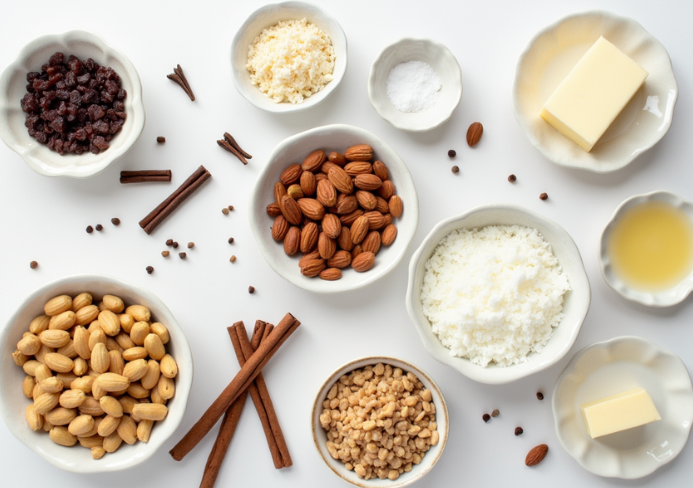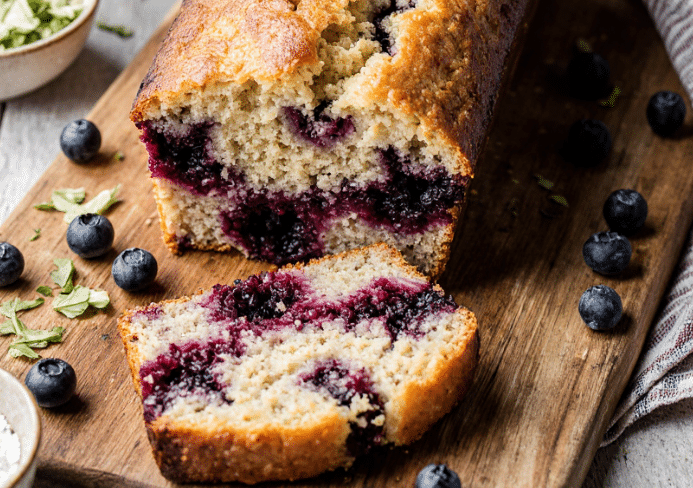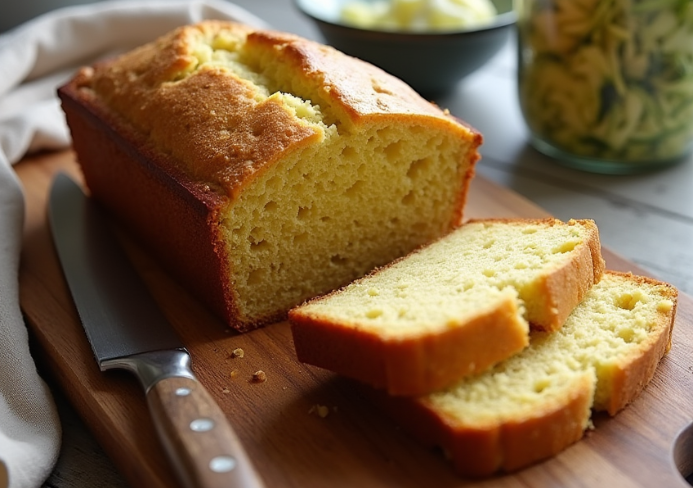Receta tradicional mexicana de capirotada de cuaresma
Table of Contents
🪔 Introduction: What Is Capirotada?
Capirotada de cuaresma : one of the most cherished Lenten dishes in Mexican cuisine, capirotada is a warm, comforting bread pudding with deep cultural and religious roots. Made with pan duro (stale bread), piloncillo syrup, raisins, nuts, and cheese, this dessert is a flavorful mix of textures and aromas.
This dish isn’t just about flavor—it’s a reflection of faith, family, and centuries of tradition. While many modern desserts dominate the table, capirotada remains a symbolic staple during Lent in Mexican homes.
In fact, this delicious dish has historical roots tied to Spain and colonial-era religious symbolism. You can read more about the historical background of Mexican cuisine to appreciate how these ingredients reflect both indigenous and European influence.
📜 Historical & Religious Symbolism
Capirotada is more than just a dessert—it’s a dish imbued with Christian symbolism:
- Bread represents the Body of Christ
- Syrup made from piloncillo (unrefined cane sugar) represents His blood
- Cloves symbolize the nails of the cross
- Cinnamon sticks represent the wood of the cross
- Melted cheese (yes, really!) signifies the Holy Shroud
The dish gained popularity as a meatless meal suitable for Fridays during Lent. Want to learn more about why dishes like this are eaten during Lent? Check out this insightful piece on foods commonly eaten during Lent.
🍞 Key Ingredients in Traditional Capirotada
To make authentic capirotada, you’ll need a handful of essential ingredients that provide both taste and meaning:
- Stale bolillo bread (or French bread, cut into 1cm slices)
- Piloncillo (Mexican unrefined brown sugar)
- Cinnamon sticks
- Cloves
- Raisins
- Peanuts
- Pecans
- Almonds
- Shredded coconut (optional)
- Cotija or aged cheese
- Butter or lard (for frying the bread)

💡 Tip: Use pan duro that’s a few days old—it absorbs syrup better and holds its shape in the oven.
🍽️ Tools You’ll Need
- Oven-safe clay or ceramic dish (cazuela de barro)
- Saucepan for making syrup
- Skillet for frying
- Baking tray or dish
🔄 Ingredient Substitutions
Need to tweak the recipe?
- Replace cotija cheese with feta for a similar salty kick.
- For a vegan version, use plant-based butter and dairy-free cheese or skip the cheese entirely.
- Substitute piloncillo with dark brown sugar if unavailable.
👩🍳 Step-by-Step: How to Make Capirotada de Cuaresma
Follow this simple guide to recreate this traditional Mexican dessert at home.
1. Prepare the Piloncillo Syrup
- In a saucepan, add:
- 8 cups of water
- 2 whole piloncillos
- 2 cinnamon sticks
- A few cloves
- Bring to a boil, then simmer until the piloncillo dissolves and syrup thickens.
2. Fry the Bread
- Slice bolillo or French bread into thick rounds.
- Heat butter or lard in a pan and fry bread until golden and crispy.
3. Assemble the Layers
- In a clay or baking dish, place a layer of fried bread.
- Add:
- A handful of raisins
- A sprinkle of nuts and almonds
- Some shredded coconut
- Grated cotija cheese
- Pour some syrup over this layer.
- Repeat until ingredients are used up.
4. Bake
- Cover the dish with foil and bake at 180°C (350°F) for 20 minutes.
- Remove foil and bake 5–10 more minutes for a golden finish.
5. Serve
- Best served warm, in traditional clay bowls.
- Garnish with a cinnamon stick and a drizzle of extra syrup.
🧭 Regional Variations of Capirotada
Mexico’s diversity shines in the way capirotada is made in different regions:
- Northern Mexico: Tends to be sweeter with lots of nuts and cheese.
- Central Mexico: May use banana slices, guava, or pineapple.
- Southern Mexico: Often includes milk (called capirotada blanca).
🧁 How to Present and Serve
Make your presentation just as appealing as the taste:
- Serve in cazuela de barro (clay dish)
- Top with melted cheese, extra nuts, and a decorative cinnamon stick
- Offer with café de olla or atole for a complete Lent meal
⚖️ Nutrition & Dietary Notes
Though capirotada is indulgent, it can be adjusted to suit your diet:
- One 100g serving has approximately 140–160 kcal.
- Reduce sugar by using less syrup or a sugar substitute.
- Skip butter for a lower-fat version.
❓ FAQs About Capirotada de Cuaresma
What is capirotada and why is it eaten during Lent?
It’s a traditional Mexican bread pudding served on Fridays during Lent as a meatless dish, honoring Christian symbolism.
What does capirotada symbolize?
Each ingredient reflects an element of the Passion of Christ—bread, syrup, cheese, cloves, and cinnamon sticks all carry religious meaning.
Can you make capirotada ahead of time?
Yes! In fact, it often tastes better the next day as the flavors develop.
Is it served hot or cold?
Traditionally warm, but it can also be served cold like a chilled pudding.
What’s a common mistake when making capirotada?
Using fresh bread—it gets too soggy. Always use stale bread.
🧠 Final Thoughts
Capirotada de Cuaresma is more than a dish—it’s a ritual, a memory, and a symbol of Mexican faith and identity. Whether you’re preparing it for your family or discovering it for the first time, each spoonful connects you to centuries of tradition.
So this Lent, embrace the richness of Mexican culinary heritage—slice that pan duro, simmer that piloncillo, and build a dessert layered with flavor and faith.
PrintReceta tradicional mexicana de capirotada de cuaresma
- Total Time: 55 minutes
- Yield: 6 to 8 servings
Description
A deeply traditional Mexican dessert, Capirotada de Cuaresma blends fried bread with spiced piloncillo syrup, nuts, dried fruits, and cotija cheese. Rich in flavor and symbolism, it’s a staple during Lent.
Ingredients
- Stale bolillo bread (or French bread), cut into 1 cm slices
- 2 piloncillos (or 1½ cups dark brown sugar)
- 8 cups water
- 2 cinnamon sticks
- 4 cloves
- ½ cup raisins
- ½ cup peanuts
- ½ cup pecans
- ¼ cup almonds
- ¼ cup shredded coconut (optional)
- 1 cup grated cotija cheese (or substitute feta)
- Butter or lard for frying
Instructions
- Prepare the syrup: In a saucepan, combine water, piloncillos, cinnamon sticks, and cloves. Bring to a boil, then reduce to a simmer until the piloncillo is fully dissolved and the syrup thickens. Strain if desired.
- Fry the bread: Slice bread into rounds. In a skillet, heat butter or lard and fry the bread until golden and crispy. Drain on paper towels.
- Assemble the layers: In a clay or ceramic baking dish, layer fried bread slices. Add a handful of raisins, mixed nuts (peanuts, pecans, almonds), shredded coconut (if using), and a sprinkle of grated cheese. Drizzle syrup generously over the layer. Repeat until all ingredients are used.
- Bake: Cover with foil and bake at 350°F (180°C) for 20 minutes. Remove foil and bake for an additional 5–10 minutes until golden on top.
- Serve: Let cool slightly. Serve warm in clay bowls, garnished with a cinnamon stick and extra syrup.
Notes
For a vegan version, use plant-based butter and omit or replace cheese. You can substitute cotija with feta or queso fresco. Use pan duro (stale bread) for best results — it holds up better to syrup.
- Prep Time: 25 minutes
- Cook Time: 30 minutes
- Category: Dessert
- Method: Baked
- Cuisine: Mexican







